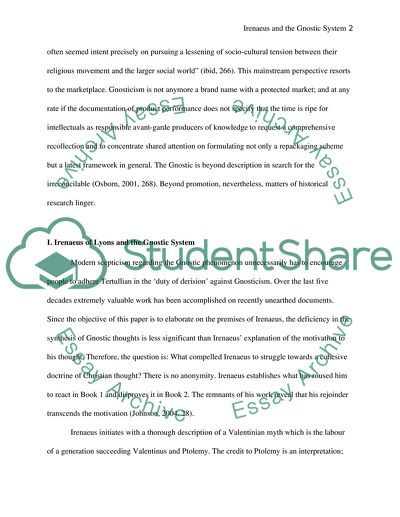Cite this document
(Comparison of the Account of Salvation Offered by Irenaeus with a Term Paper, n.d.)
Comparison of the Account of Salvation Offered by Irenaeus with a Term Paper. Retrieved from https://studentshare.org/religion-and-theology/1719966-compare-and-contrast-the-account-of-salvation-offered-by-irenaeus-with-that-of-a-gnostic-system
Comparison of the Account of Salvation Offered by Irenaeus with a Term Paper. Retrieved from https://studentshare.org/religion-and-theology/1719966-compare-and-contrast-the-account-of-salvation-offered-by-irenaeus-with-that-of-a-gnostic-system
(Comparison of the Account of Salvation Offered by Irenaeus With a Term Paper)
Comparison of the Account of Salvation Offered by Irenaeus With a Term Paper. https://studentshare.org/religion-and-theology/1719966-compare-and-contrast-the-account-of-salvation-offered-by-irenaeus-with-that-of-a-gnostic-system.
Comparison of the Account of Salvation Offered by Irenaeus With a Term Paper. https://studentshare.org/religion-and-theology/1719966-compare-and-contrast-the-account-of-salvation-offered-by-irenaeus-with-that-of-a-gnostic-system.
“Comparison of the Account of Salvation Offered by Irenaeus With a Term Paper”, n.d. https://studentshare.org/religion-and-theology/1719966-compare-and-contrast-the-account-of-salvation-offered-by-irenaeus-with-that-of-a-gnostic-system.


